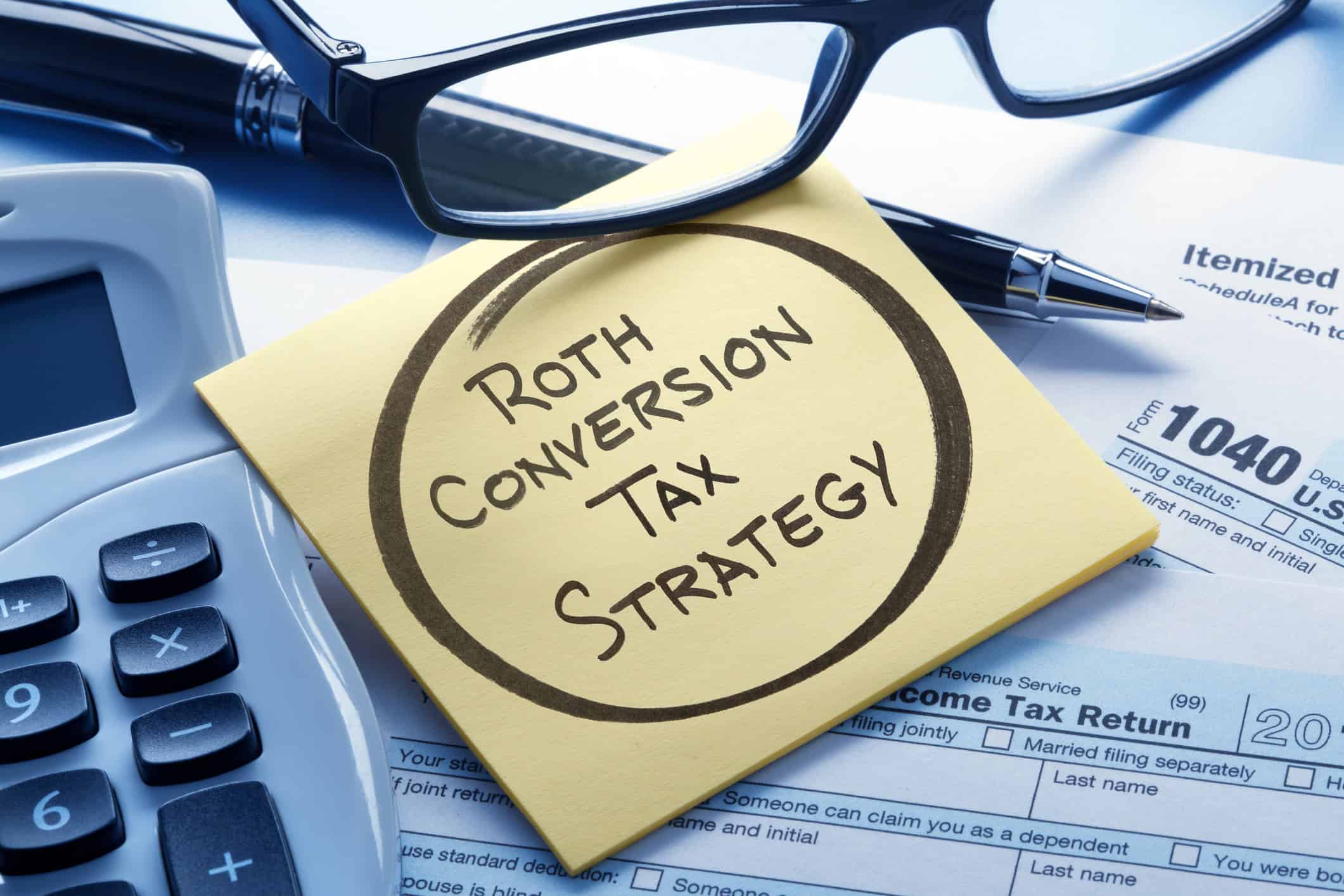
A New Retirement Reality: Working Beyond the Traditional Age
For much of the last century, the American dream included the promise of a peaceful retirement after decades of work. Most imagined leaving the workforce around 65, spending the next chapter traveling, enjoying hobbies, and living life at a gentler pace. Fast forward to today, and this script is being rewritten by millions. The new retirement reality looks fundamentally different, shaped by longer life spans, changing economic dynamics, and the evolving definition of both work and fulfillment.
Shifting Timelines for Retirement
Retirement age was once a fairly fixed concept, closely tied to the Social Security eligibility benchmark. Recent decades, though, have witnessed a steady climb in the average retirement age, driven by necessity, choice, or some combination of both.
Look at a few numbers:
| Year | Average Retirement Age |
| 1990 | 62 |
| 2000 | 63 |
| 2010 | 64 |
| 2023 | 65.5 |
What do these numbers reveal? A clear trend: people are waiting longer to leave the workforce. But this delay is not just about statistics—it reflects a deeper transformation in the goals, needs, and realities of American workers.
Longer Lives, New Opportunities
Medical advances and better living standards mean most can expect to live well into their 80s or even 90s. A retirement starting at 65 can stretch 20, 30, or more years. That’s not just a longer vacation—it’s another phase of adulthood, full of the need for both financial stability and meaningful activity.
Many are seizing this chance by staying active in their careers or exploring new professional paths. A whole landscape of possibility opens:
- Consulting in their field of expertise
- Launching small businesses
- Transitioning to nonprofit or volunteer work
- Shifting to part-time or gig economy roles
These choices reflect the desire for continued purpose, belonging, and intellectual stimulation—factors that studies consistently link to greater happiness and cognitive health in later life.
The Reality of Retirement Savings
But not all are working longer by choice. The defined-benefit pension has largely disappeared, replaced by 401(k)s, individual retirement accounts, and other retirement plans, transferring risk and responsibility to the individual. A shocking portion of Americans approach their traditional retirement age without sufficient retirement income to maintain their lifestyle.
Some important stats stand out:
- Nearly half of Americans aged 55 to 66 have no retirement savings.
- The median retirement account balance for those who do save is under $100,000—a figure that offers limited security over a long retirement.
So, for many, working past 65 is essential, not optional. It’s no longer about adding luxury, but about ensuring sufficiency.
Rising Healthcare Costs and Lifestyle Goals
Healthcare expenses loom large as people age, introducing further uncertainty. According to Fidelity’s annual report, the average retired couple today may need close to $315,000 just to cover medical expenses through retirement. This figure excludes long-term care, dental, and vision expenses, all of which add up quickly.
Simultaneously, expectations for retirement living have shifted. Today’s retirees might want to:
- Travel more
- Support adult children or grandchildren
- Relocate for climate or family reasons
- Stay connected to their communities
None of these goals come cheaply. Supplementing Social Security with retirement income from work often provides both a safety net and the financial cushion needed to personalize this phase of life.
The Value of Continued Work
Engaging in work later in life is about more than just financial prudence. Many older adults find purpose and vitality in remaining professionally active.
Consider some compelling motivators:
- Purpose and Structure: Regular work provides a rhythm to the week and a reason to get up each day.
- Social Interaction: Connection with colleagues or clients staves off loneliness.
- Cognitive Engagement: Staying mentally sharp becomes easier with job-related challenges.
- Identity: Work helps sustain a sense of meaning and self-worth, which retirement sometimes threatens to erode.
Many who initially feared delaying retirement later say these benefits outpace any anticipated drawbacks. Sometimes it’s pride in mastery, sometimes the joy of mentoring the next generation, or simply having a communal space beyond family.
A Flexible Approach to Work
How do older adults shape this new reality? Flexibility is key. The 40-hour office week is no longer the only path. Those who work beyond the traditional retirement age are creating entirely new patterns:
- Phased retirement: Gradually easing out of full-time duties while mentoring successors.
- Remote consulting: Leveraging years of expertise from home, often on their own schedule.
- Entrepreneurship: Turning hobbies or passions into income streams.
- Portfolio careers: Combining two or more part-time roles or freelance gigs.
It’s not unusual for older professionals to pivot careers entirely, training for new roles in healthcare, education, retail, or technology.
Rethinking Financial Planning
The unpredictability of modern work paired with longer lifespans demands new approaches to financial preparation, including diverse retirement plans. Investing, saving, and spending strategies suited for a 15-year retirement might crumble in the face of a 30-year one.
Key considerations include:
- Diversifying income streams: Factoring in Social Security, work income, withdrawals from investment accounts, and, where possible, annuities or passive income.
- Contingency planning: Protecting against out-of-pocket healthcare costs or market downturns.
- Continuous skill building: Investing in training and certifications to remain competitive.
Working with certified financial planners who understand the nuances of late-career transitions can be invaluable.
Changing Employer Mindsets
As more older workers stay engaged, companies are recognizing the value of experience and loyalty. Some organizations are adapting by offering:
- Flexible or part-time schedules
- Job sharing among senior staff
- Training updates for technology and compliance
- Wellness and ergonomic benefits designed for mature employees
Forward-thinking employers appreciate the insight mature staff bring, disrupting stereotypes around productivity and adaptability.
Social Changes and the Workplace
Broader cultural shifts are following these trends. Whereas ageism has long been a quiet barrier in many sectors, today’s labor market—characterized by shortages in key industries—is beginning to challenge these biases.
Older employees often:
- Bring stability and wisdom to teams
- Mentor younger colleagues
- Serve as organizational memory, helping businesses retain knowledge
As the proportion of workers over 65 rises, attitudes are slowly shifting, and the stigma around “working too long” is giving way to support and appreciation.
Lifestyle Reset: New Definitions of “Retirement”
Perhaps the most profound shift is personal. Many have stopped thinking of retirement as a sharp break between “work” and “leisure.” Instead, they phase into a hybrid model, tuning their schedules to their energy, interests, and financial needs—sometimes moving between periods of work and rest across their seventies and beyond.
A “second act” career or part-time passion project is now as much a part of the retirement picture as golf or travel ever was.
The Road Ahead
Successful aging looks different for every individual. The traditional idea of gold watches, endless vacation, and total withdrawal from the hustle has lost ground. Today’s retirees are often entrepreneurs, creators, or valued contributors well into their golden years.
Retirement planning isn’t merely about saving as much as possible, but also about understanding different retirement plans, managing retirement income, staying flexible, learning new skills, and remaining actively engaged in life, community, and sometimes, the workforce itself.
Those embracing this new reality are crafting richer, more purposeful later lives—proving that age can be the start of another vibrant phase, rather than a slow winding down.
Disclosures:
This commentary is not a recommendation to buy or sell a specific security. The content is not intended to be legal, tax or financial advice. Please consult a legal, tax or financial professional for information specific to your individual situation. Investing involves risk, including possible loss of principal. Past performance is no guarantee of future results. Diversification does not guarantee a profit or protect against loss.




